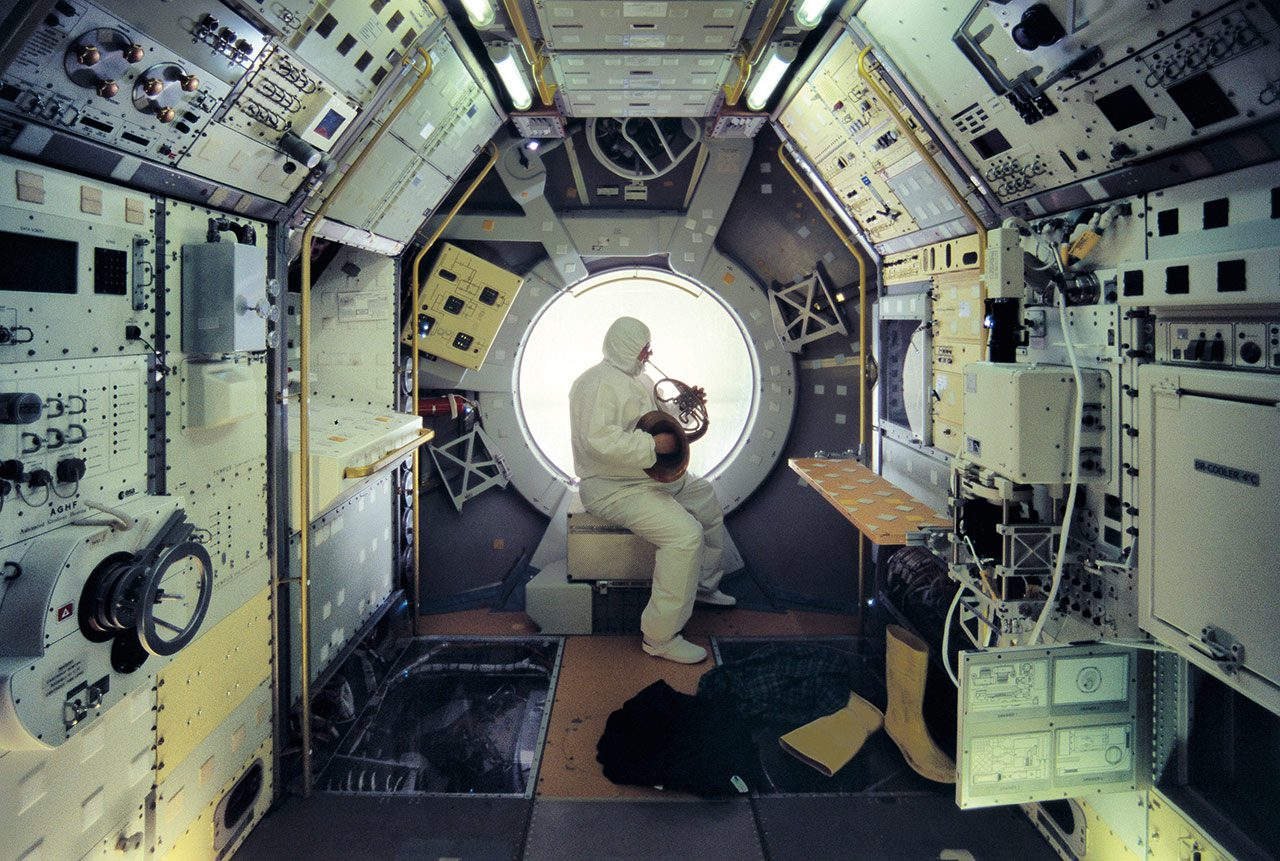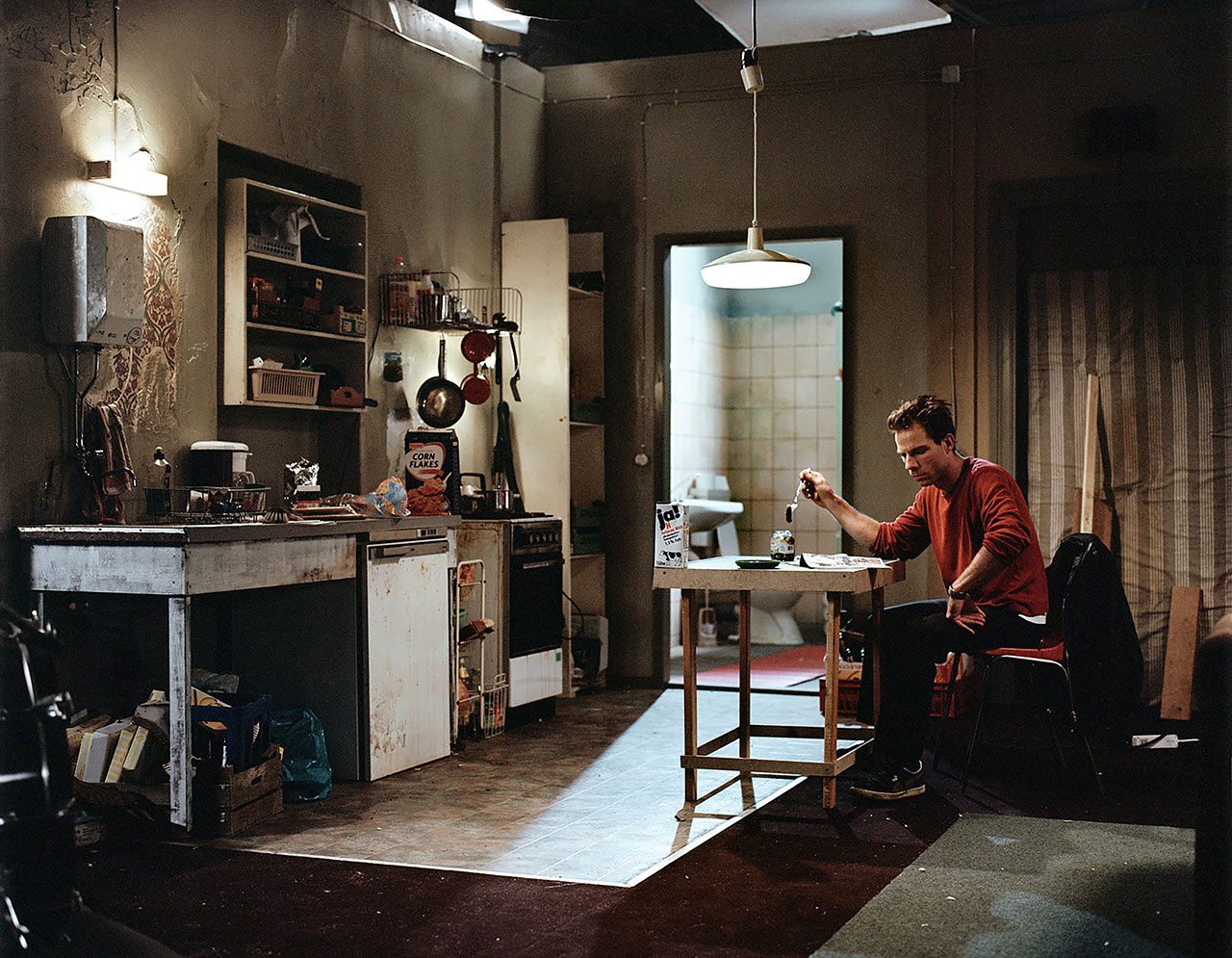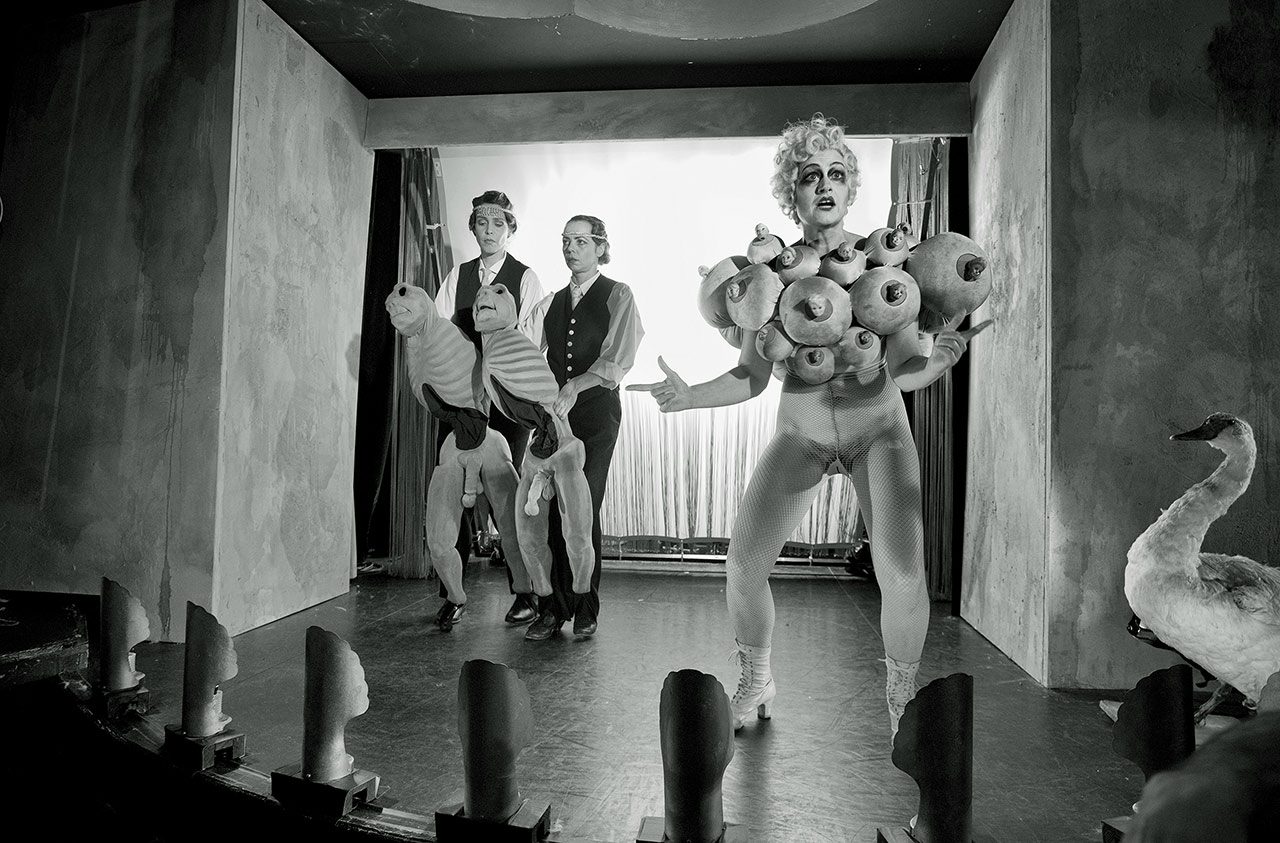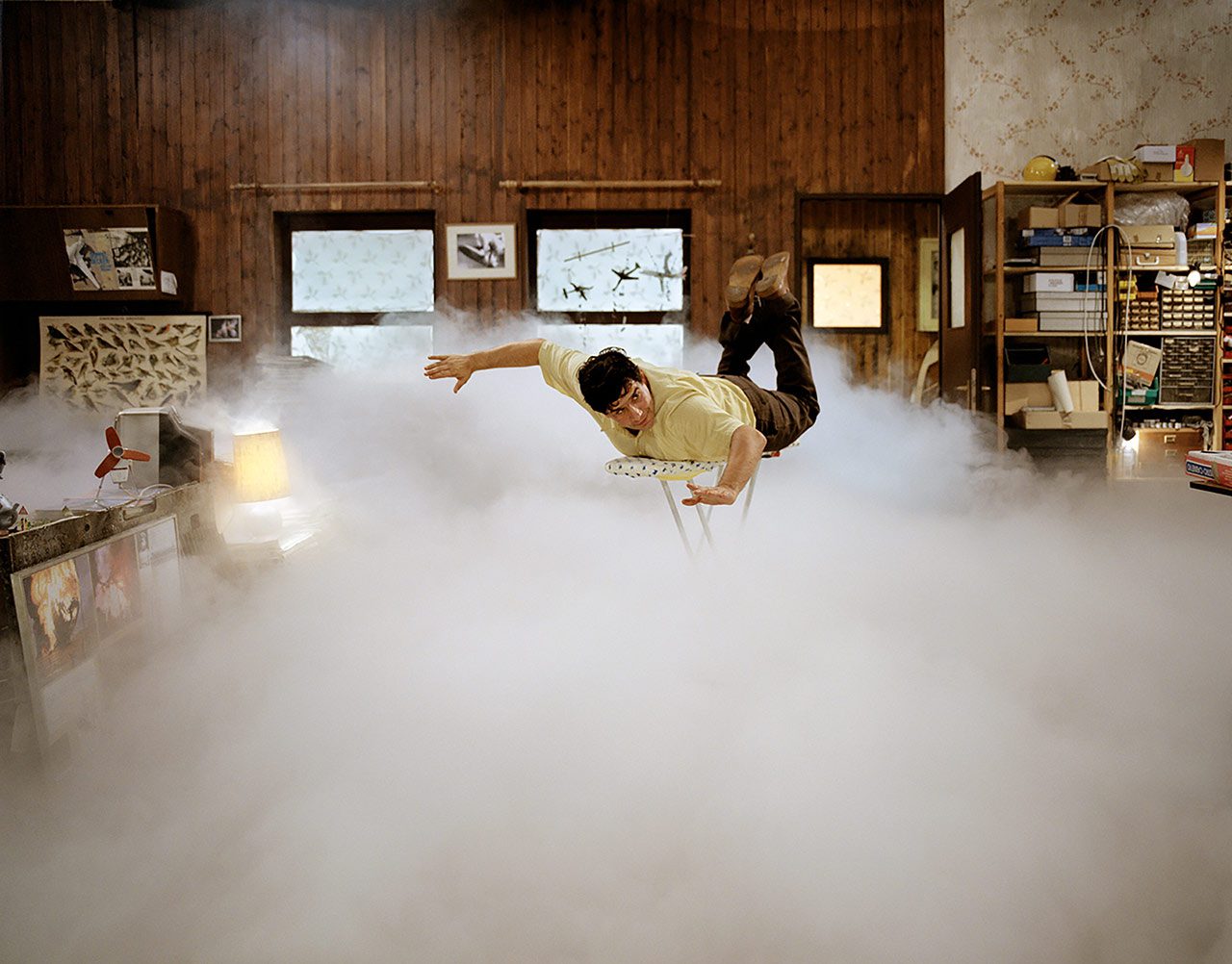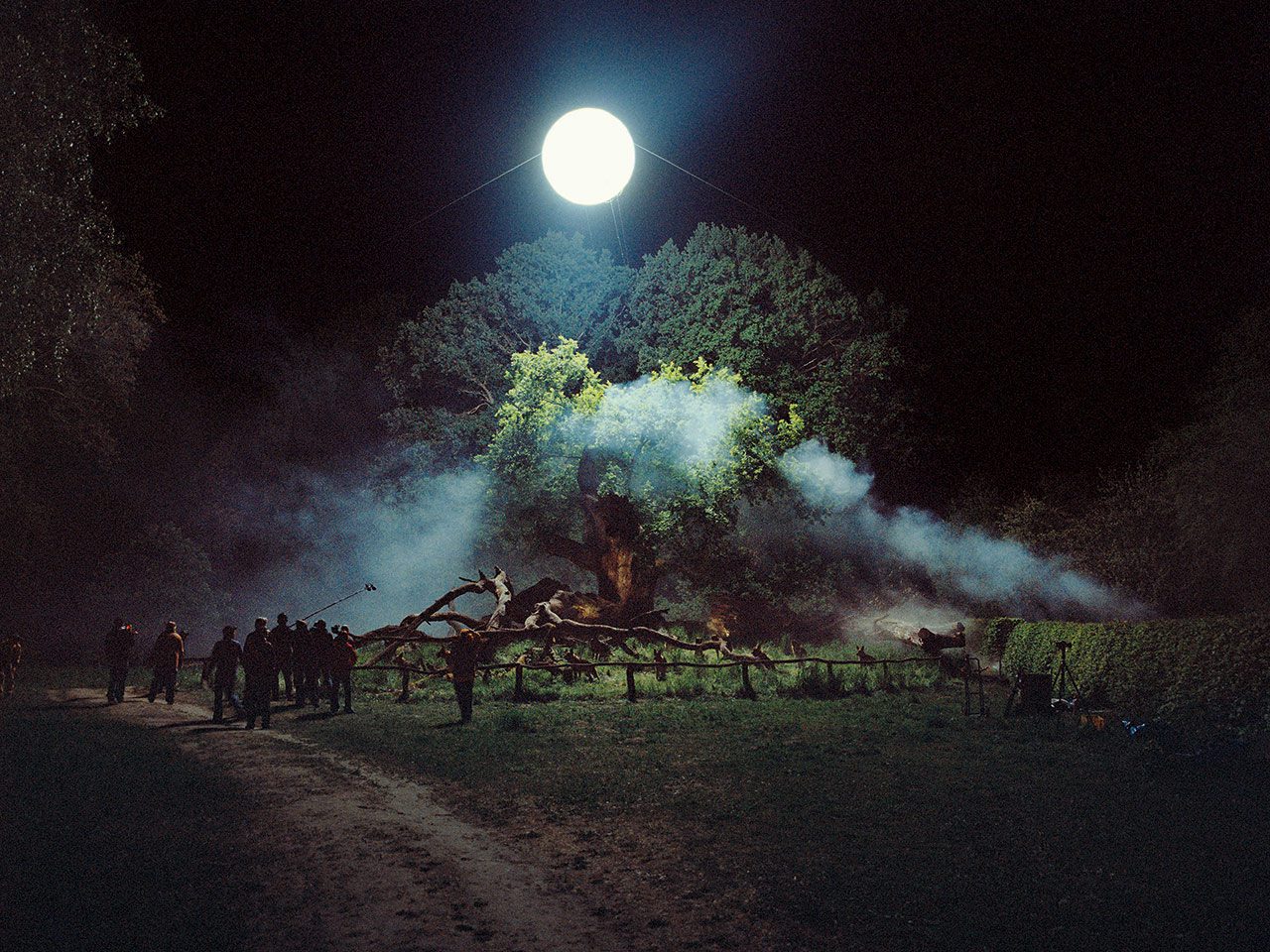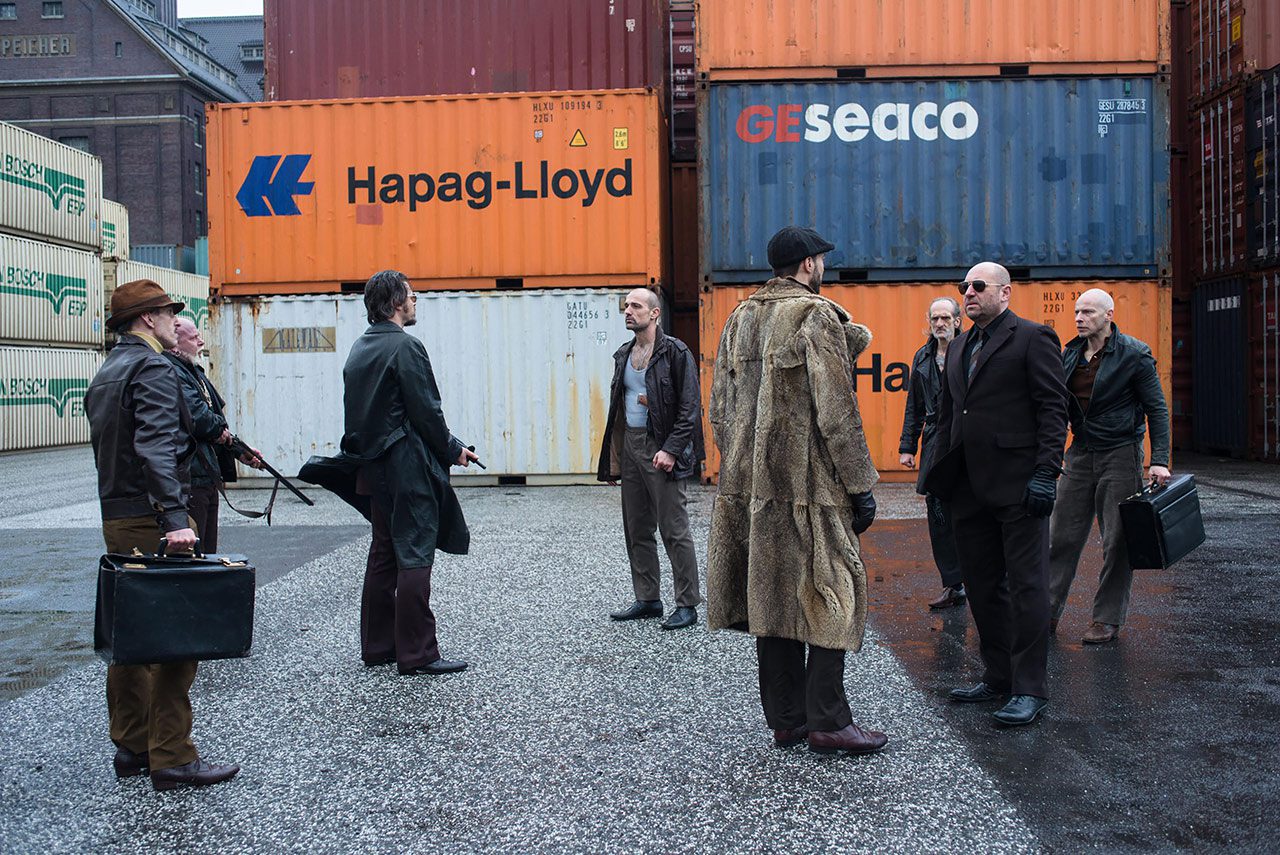ART CITIES: Berlin-Julian Rosefeldt
Julian Rosefeldt is one of the leading contemporary artists and filmmakers today. In his elaborately staged film and video installations, he works with museum spaces, theaters, opera houses, and postindustrial zones, always challenging the mechanisms of image production as well as the construction of narratives and ideologies. His works oscillate between fiction and documentary research, between staging and analysis
By Dimitris Lempesis
Photo: C/O Berlin Archive
“Nothing is Original” is a dedicated a comprehensive exhibition to artist and filmmaker Julian Rosefeldt, presenting for the first time works from a total of thirty years. Through previously unpublished storyboards, sketches, set photo- graphs, and making-of documentation, the exhibition offers a rare glimpse behind the scenes of his image production. A major theme in his work is the deconstruction of classic film genres and television formats. By breaking down westerns and gangster films, slapstick and science fiction, as well as news broadcasts and soap operas into their basic narrative components, he reveals their structures. In “American Night”( 2009), for example, he takes up iconic motifs from westerns—from the solitary rider on the prairie to the saloon brawl—and disrupts familiar imagery with unexpected references to film, politics, and pop culture. This technique of appropriation and citation is combined with a media-archaeological approach, in which Rosefeldt uses archival material and found footage to expose narrative stereotypes, historical myths, and cultural classification systems. He collages and recombines existing images, texts, and cinematic elements to create new layers of meaning. The exhibition title “Nothing is Original” also refers to this principle: it is taken from Jim Jarmusch’s “Golden Rules of Filmmaking”, which in turn cites Jean-Luc Godard. As Jarmusch writes, “Steal from anywhere that resonates with inspiration or fuels your imagination. […] It’s not where you take things from—it’s where you take them to.” Another focus of the exhibition is the examination of history and ideologies. Rosefeldt frequently reflects on the traces of the Nazi era that extend into the present as well as the translation of political and social narratives. In the four-channel installation “Meine Heimat ist ein düsteres, wolkenverhangenes Land” (My Homeland Is a Bleak, Overcast Country; 2011), he surveys the German concept of Heimat, meaning “home” or “homeland,” and challenges the ideological charge of landscape and national sentiment. Rosefeldt is also interested in looking behind the scenes: many of his works address the fine line between stage and backstage, fiction and reality. By revealing processes of film production, he explores the role of the medium in constructing reality. This reflection about film and staging is apparent in Rosefeldt’s way of combining different media in his work. His films not only involve social narratives; they also address cinema itself: as an archive, field of experimentation, and producer of myths. The installation “Manifesto” pays homage to the moving tradition and literary beauty of artist manifestos, ultimately questioning the role of the artist in society today. The work draws on the writings of Futurists, Dadaists, Fluxus artists, Suprematists, Situationists, Dogme 95 and other artist groups, and the musings of individual artists, architects, dancers and filmmakers. Passing the ideas of Claes Oldenburg, Yvonne Rainer, Kazimir Malevich, André Breton, Sturtevant, Sol LeWitt, Jim Jarmusch, and other influencers through his lens, Rosefeldt has edited and reassembled thirteen collages of artists’ manifestos. Performing this ‘manifesto of manifestos’ as a contemporary call to action, while inhabiting thirteen different personas – among them a school teacher, a puppeteer, a newsreader, a factory worker and a homeless man – Australian actress Cate Blanchett imbues new dramatic life into both famous and lesser-known words in unexpected contexts. Rosefeldt’s work reveals both the performative component and the political significance of these declarations. Often written in youthful rage, they not only express the wish to change the world through art but also reflect the voice of a generation. Exploring the powerful urgency of these historical statements, which were composed with passion and conviction by artists many years ago, ‘Manifesto’ questions whether the words and sentiments have withstood the passage of time. Can they be applied universally? And how have the dynamics between politics, art and life shifted?
Photo: Julian Rosefeldt, American Night, 2008/2009, © Julian Rosefeldt, VG Bild-Kunst, Bonn 2025, Courtesy the artist and C/O Berlin
Info: C/O Berlin Foundation, Hardenbergstraße 22–24, Berlin, Germany, Duration: 24/5-16/9/2025, Days & Hours: Daily 11:00-20:00, www.co-berlin.org/
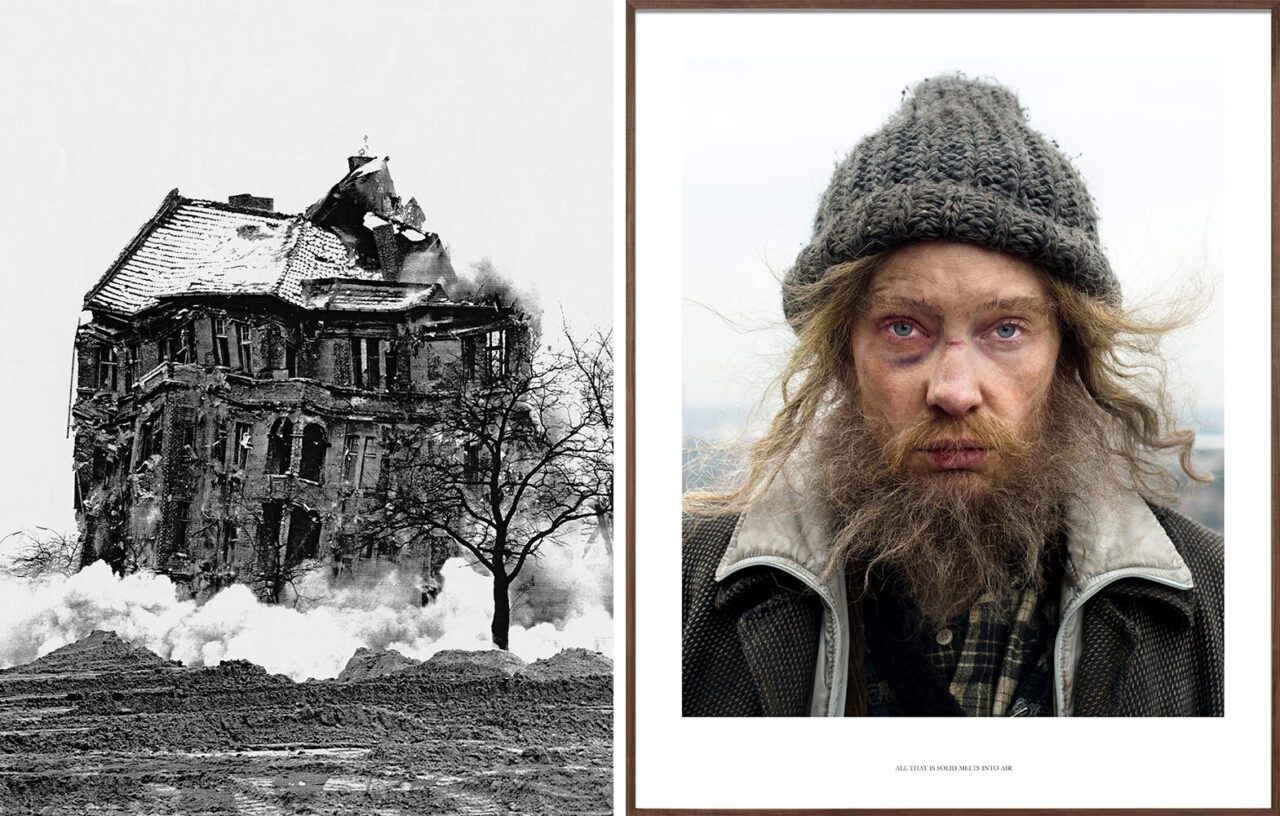
Right: Julian Rosefeldt, Manifesto (Karl Marx, 1848), 2017, © Julian Rosefeldt, VG Bild-Kunst, Bonn 2025, Courtesy the artist and C/O Berlin
